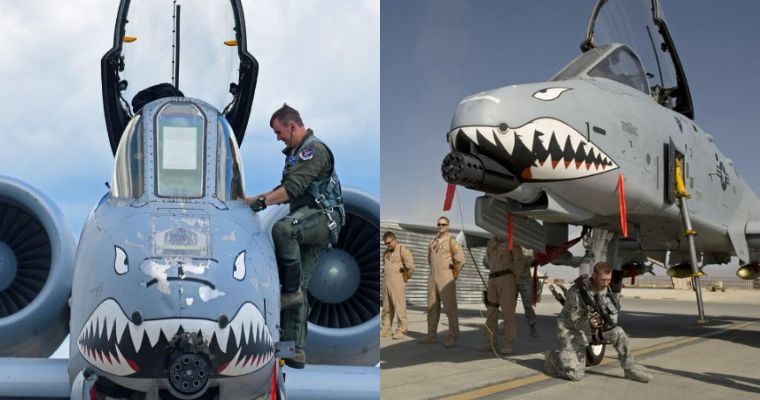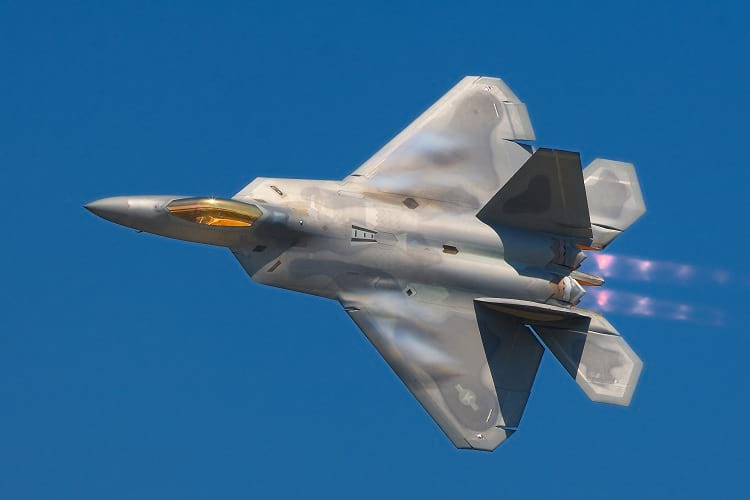
Lockheed Martin F-22 Raptor. (© Rob Shenk / Flickr)
After the recent Pulwama (India) and Balakot (Pakistan) attacks in February this year, three aircraft caught the attention of the whole world. The three aircraft in question are Mirage 2000 multi-role aircraft, U.S.-built F-16 jet and MiG-21 Bison.
India’s MiG-21 Bison is a Russian made supersonic jet fighter that basically functions as an interceptor aircraft. India’s Mirage 2000, manufactured by the French company Dassault Aviation, is a 4th-generation jet designed as a lightweight fighter. Pakistan’s F-16 Fighting Falcon, manufactured by the General Dynamics, is a supersonic multirole fighter aircraft that is designed as a day fighter.
However, there is a far superior jet aircraft than these three, i.e. the Lockheed Martin F-22 Raptor. Most defence experts consider the Raptor F-22 to be a highly advanced fighter having far better air superiority. Lockheed Martin’s mission was to manufacture this fighter with an improved level of stealth, manoeuvrability, speed, avionics and weaponry.
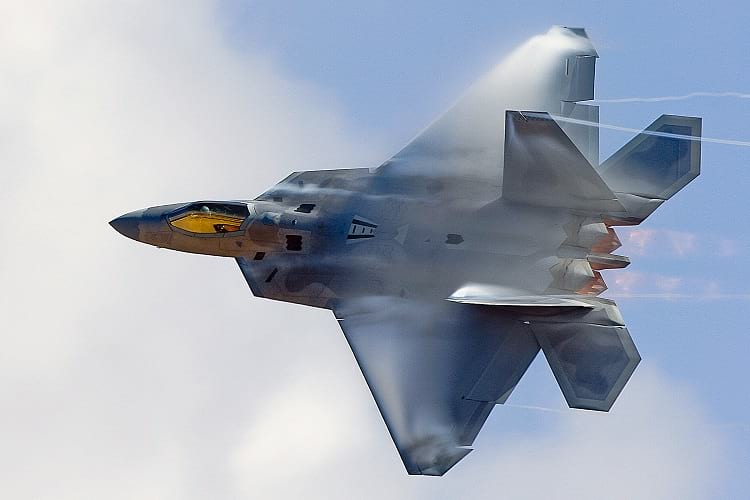
Lockheed Martin F-22 Raptor in action. (Lance Cpl. Dan T. Le / U.S. Marine Corps / Released)
Fifth-generation fighter jet
F-22’s performance has proven its superiority to most other aircraft belonging to any other country. In spite of some naysayers, the Lockheed Martin Raptor F-22 is definitely a monster fighter jet.
The Lockheed Martin Raptor F-22, a fifth-generation fighter jet, integrates computer systems, advanced avionics, networked sensors, and improved stealth functions. Such advancements make this fighter jet suitable for different combat scenarios. Obviously, this is a tough aircraft and it is not easy to defeat it.
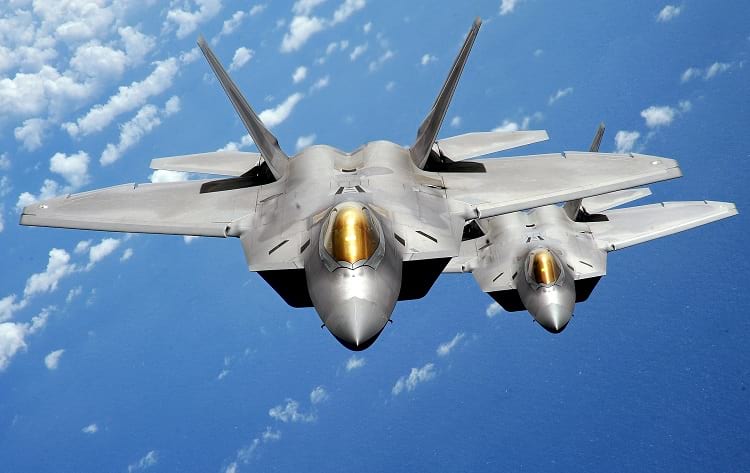
Front view of F-22 Raptor during flight. (Master Sgt. Kevin J. Gruenwald / U.S. Air Force)
Stealth – A unique feature
One of the most impressive attributes of Lockheed Martin Raptor F-22 is the stealth. It is, therefore, difficult for the enemy to detect the aircraft either visually or with the help of radar.
How does the aircraft achieve this attribute? It achieves this capability with the help of Active Electronically Scanned Array (AESA) Radar technology. It also goes undetected with the help of a carefully designed airframe, which minimizes visibility by confusing the enemy radar.
The AESA radar on F-22s is AN/APG-77 of Northrop Grumman. With the help of ‘agile frequency’ beams the radar lets the Lockheed Martin Raptor F-22 to sneak in and out of combat quickly.
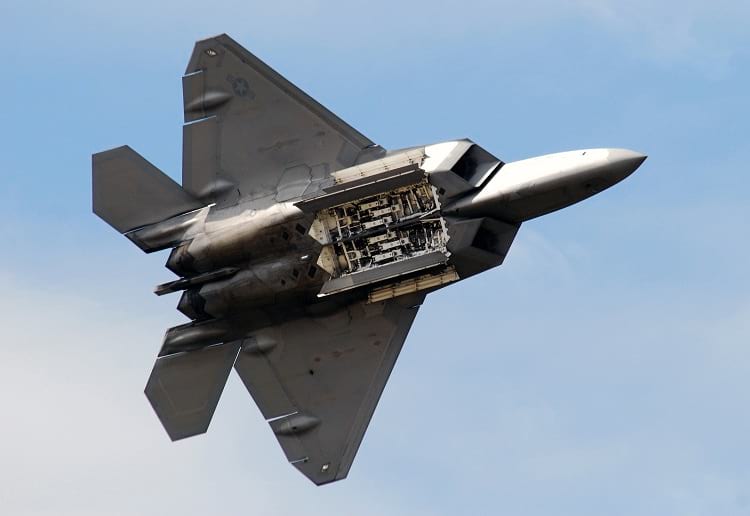
The underside of the F-22. (Edward I. Fagg / U.S. Navy)
Performance of Lockheed Martin F-22 Raptor
The Lockheed Martin Raptor F-22 can fly at supercruise speed with the help of Mach 1 and there is no need for using the afterburners. F-22 is the only aircraft that can fly at supercruise speeds consistently and that too with a full load of weapons. That is because of its Pratt and Whitney F119 engines.

Pratt & Whitney F119 engine. (Wikimedia Commons)
The F119 engines help F-22 to manoeuvre with tight high-g turns and stall tactics without actually stalling the aircraft. Interestingly, F-22 can discharge long-range missiles even at supercruise speeds and also take more time to locate potential targets.

Source: ststworld.com






